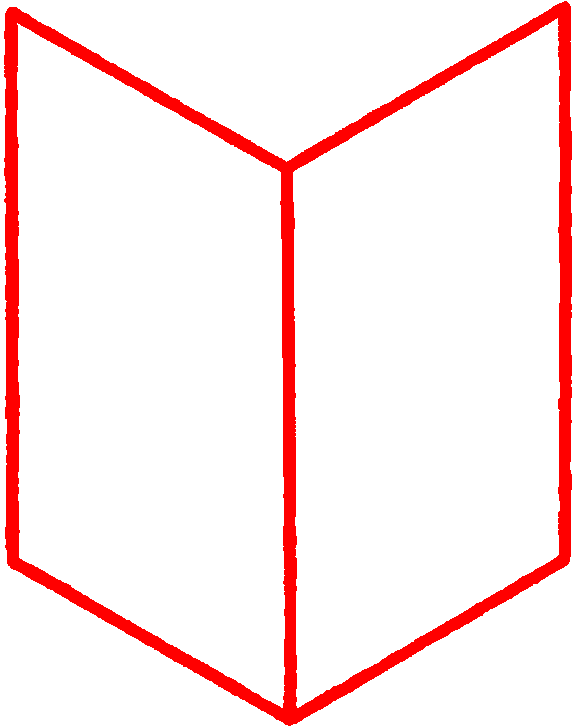Isotype charts from Atlas: Society and Economy
Otto Neurath, 1930, (2 facsimile prints, 2008), each 41 x 51.5 cm

On the left-hand page she has written a series of numbers. This is the raw data, the code. On the right-hand page she makes a series of symbols that translate the statistics into pictures. This is the interface. So the relationship between the data and Isotype is similar to the relationship between the code you would see if you cursored to “view source” on any web page and what you see on the interface of that web page.
Because Isotype converted digital information into pictures, it provided us with a structure of visualization that encouraged a very contemporary mode of attention; it is through visual technologies such as Isotype that we learned to “browse.” It is the structural logic of Isotype as a form of filtering software that engenders a particular technology of looking which we take with us every time we surf the web or flick through a magazine. But, of course, something as slippery as a “mode of attention” isn’t as easy to illustrate as a pictogram, even if its implications are more profound.
Isotype from its inception follows the logic of the code that creates it — it is serial, it forms patterns, it creates templates, it is composed of elements that are interchangeable. It was this principle, for instance, that allowed for the production of 500 versions of the exhibition of tuberculosis to be exhibited in every major town in the USA (1936), and also allowed for the possibility to reconfigure different elements taken from a data-base of images that accumulated over time. For us, the logic of Isotype exceeds its technology, and exceeds the historical circumstances that produced it— it enters into us and changes
the way we look at things. [...]
If Isotype, Basic English and Otlet’s library cataloging system (which is still used today) can be understood as software they carry with them the pitfalls of software: software directs the flow of knowledge — what can and cannot be said and what can and can not be asked. For instance, the Frequently Asked Questions on a web site are often the only questions one can ask.
But I would suggest that Isotype invites us to think outside of the existing template, and raises issues which are the current concern of the open source community: what questions should we ask of our world and what technologies should be employed which are appropriate to those questions? These are concerns that Isotype took seriously in order to increase “the sum-total of human happiness.”
–“Like Sailors on the Open Sea,” Steve Rushton, Dot Dot Dot #14, 2007
Go back
